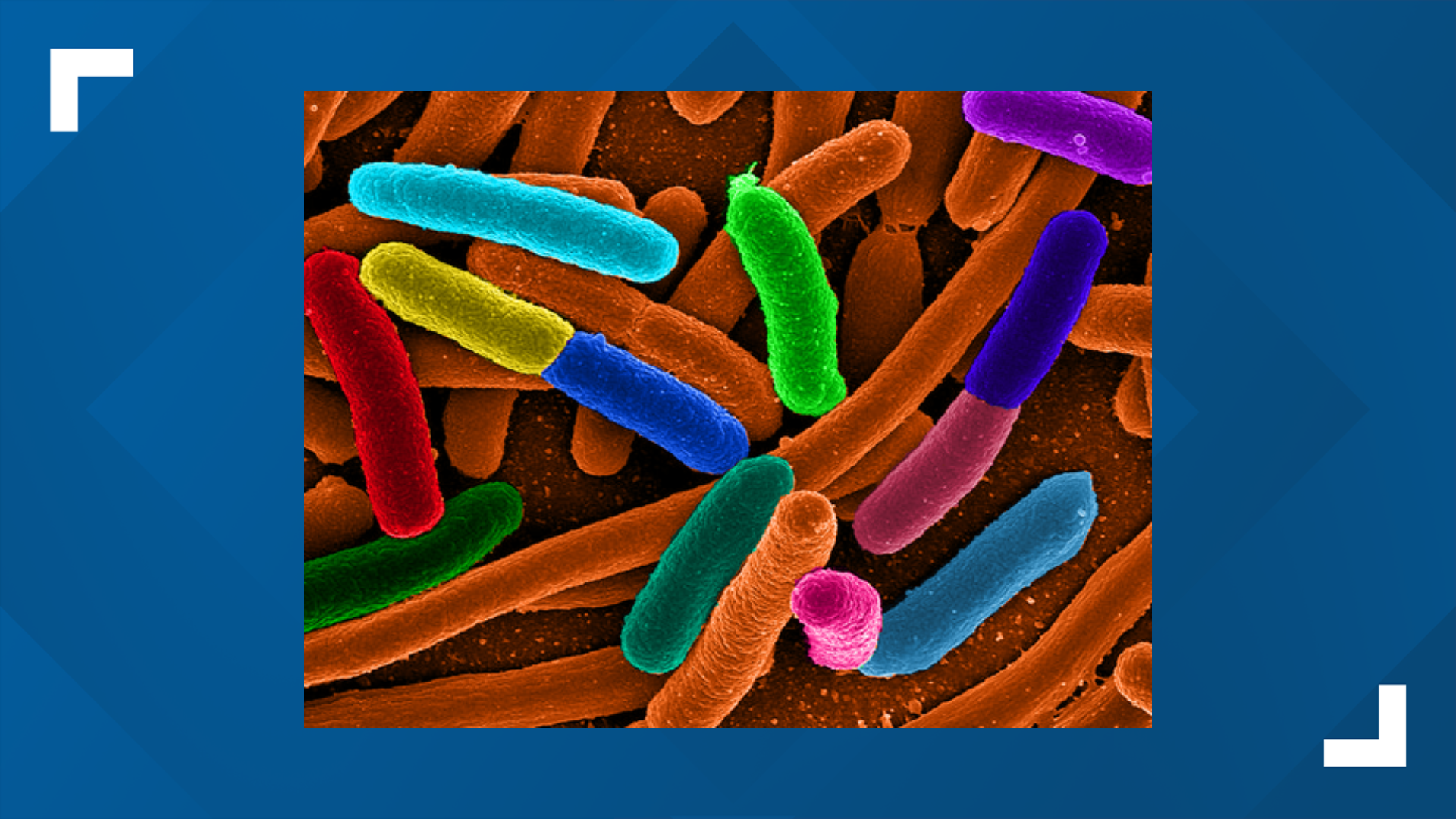More than half of all women will have a urinary tract infection (UTI) in their lifetime. Most UTIs are caused by E. coli and treated with an antibiotic called Cipro. But two strains of E. coli that are resistant to Cipro, known to researchers as H30 and ST1193, may be more common than we realized.
“The enemy is at the gate,” explains Dr. Evgeni Sokurenko, a microbiologist at University of Washington who led the research team that made the recent discovery.
These two strains of E. coli are pandemic multidrug-resistant bacteria. Pandemic, meaning they have spread around the globe, and multidrug-resistant, meaning that in addition to resisting the most commonly used antibiotics, they are also resistant to several other kinds as well.
This new study reveals that they are also hanging out in otherwise healthy stomachs.
“In most cases a doctor makes a blind guess when they prescribe antibiotics for a UTI.” says Dr. Sokurenko. If treatment works, then there’s no issue. But if it doesn’t, they will have to look more closely at what is causing the infection and how to treat it. Unfortunately, if an ineffective treatment has been used, that can lead to worse infection and complications.
In 2015, there were 7.5 million prescriptions issued for Cipro in the U.S. alone, but 15-35% of E. coli is now resistant to Cipro and the class of antibiotics it belongs to—known as fluoroquinolones.
Fluoroquinolone antibiotics were created in the late 1980s and exploded in popularity because they were cheap, fast, effective, and had fewer side effects than other treatments. “They were like a wonder drug,” explains Dr. Sokurenko. But their popularity may have had unexpected consequences— a resistance was fomenting.
The H30 strain of E. coli is responsible for half of all drug-resistant UTI and blood infections. This strain emerged in the US during the 90s and spread across the globe.
Scientists figured out that three steps of mutations led to H30’s ability to resist Cipro. H30’s pandemic multidrug-resistant younger sister, ST1193, emerged more recently. Research by Dr. Sokurenko and his team has uncovered that unlike the three steps taken by H30, ST1193 developed several mutations simultaneously. This means that bacterial drug-resistance could develop faster than previously realized.
“We’re trying to get a better handle on how these bacteria become resistant to antibiotics, this is another piece of the puzzle to explain a group of E. Coli that are becoming a great concern.” said Dr. Ed Dudley, Director of the E. coli Reference Center at Penn State College of Agricultural Sciences, who was not part of the research.
Dudley added that these strains of E. coli are important to understand, but why they are so common remains a mystery, “When an organism is consumed, it comes into our gut where there are hundreds of other microorganisms—what makes one organism better adapted to survive than others, will be really important to try to understand.”
Dr. Sokurenko hopes to expand his research and collaborate with more scientists elsewhere in the future, “We need to figure out—what are the reservoirs for this bug, where are we getting it from?
One surprising collaborator is a marine biologist. Orcas are also carriers of E. coli. So are seagulls. Dr. Sokurenko explained, “We need to look at food, the environment, agriculture, anywhere it could be coming from.”

